Home>Ideas and Tips>Upgrading Your Home’s Exterior With DIY Living Roof Installation
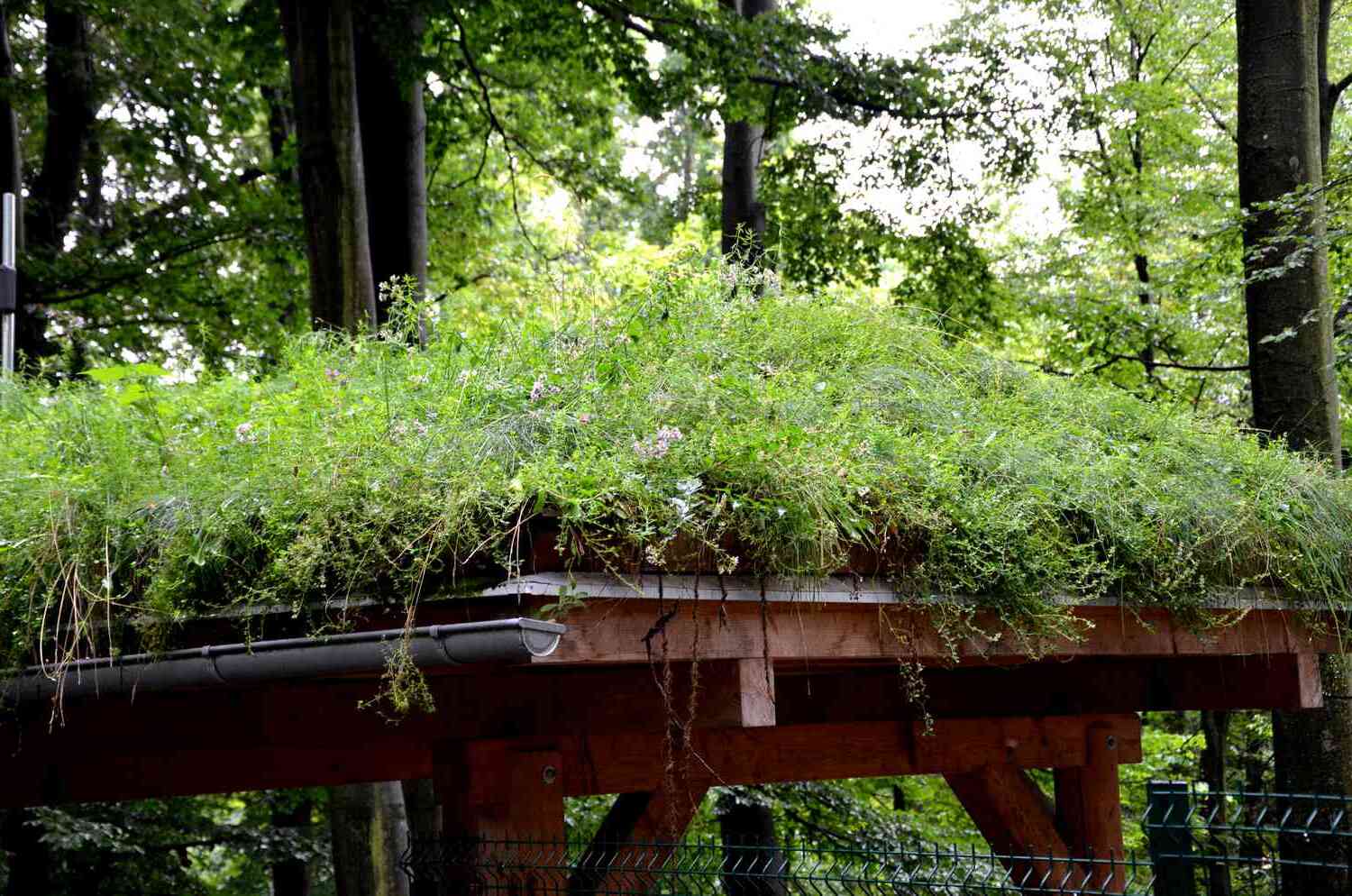

Ideas and Tips
Upgrading Your Home’s Exterior With DIY Living Roof Installation
Published: August 30, 2024
Learn how to install a DIY living roof to enhance your home's exterior, improve air quality, and provide insulation with our step-by-step guide.
(Many of the links in this article redirect to a specific reviewed product. Your purchase of these products through affiliate links helps to generate commission for Storables.com, at no extra cost. Learn more)
Living roofs, also known as green roofs, have become increasingly popular for their aesthetic appeal, environmental benefits, and potential to extend the lifespan of your roof. These roofs are not just a decorative feature but also contribute to improving air quality, reducing stormwater runoff, and providing insulation. In this article, we will guide you through the process of installing a DIY living roof, covering the necessary steps, materials, and considerations to ensure a successful project.
Introduction to Living Roofs
Living roofs are essentially gardens on your roof, providing a lush and vibrant space that can transform the exterior of your home. There are three main types of living roofs: intensive, extensive, and semi-extensive.
-
Intensive Green Roofs: These roofs are designed to function as a garden with deep planting mediums, often including lawn, shrubs, and even water features. They require more maintenance and are typically used for larger spaces.
-
Extensive Green Roofs: These roofs are designed to be low-maintenance and are usually planted with low-growing sedum or mosses. They are ideal for smaller spaces and are often used on residential buildings.
-
Semi-Extensive Green Roofs: These roofs fall between the intensive and extensive types in terms of depth and maintenance requirements. They offer a greater diversity of plants compared to extensive systems but are still relatively low-maintenance.
Preparing Your Roof
Before you start installing your living roof, it's crucial to ensure that your roof is structurally sound and can support the weight of the plants and growing medium. Here are some key steps to prepare your roof:
-
Check the Roof's Pitch: Even a flat roof should have some pitch to shed water towards the gutters. For a green roof installation, the pitch should be at least ¼ inch per foot of run to ensure proper drainage.
-
Structural Engineer's Advice: Consult a structural engineer to determine if your existing roof can support the added weight of the green roof. You might need to add more joists, strengthen existing ones, or add bracing to ensure the roof can handle the load.
-
Waterproofing Layer: Ensure that your roof deck is waterproofed. If not, apply an EPDM rubber roofing or fibreglass layer. For larger commercial projects on concrete or sand/cement screed, use PermaSEAL PRO MP 2C.
Materials Needed
To install a living roof, you will need several materials depending on the type of roof you are creating. Here are some essential components:
-
Primary Waterproofing Layer: This is the base layer that prevents water from penetrating the roof. Common materials include EPDM rubber roofing or fibreglass.
-
Root Barrier: A plastic root barrier is essential to prevent plant roots from damaging the roof structure. Roll out the barrier across the length of the roof and cut to size, overlapping and sealing with tape where necessary.
-
Protection Fleece: A recycled protection fleece helps protect the roof from roots and debris. Roll out the fleece across the length of the roof, overlapping each layer.
-
Green Roof Drainage Membrane: This membrane ensures that water drains properly from the roof. Use a membrane with integrated geotextile filtering layers if necessary. Cut the membrane to size and overlap ends for additional protection.
-
Growing Substrate: This is the layer where plants will grow. It typically consists of an aggregate and organic material combination. Spread this evenly across the entire area of the roof to the required depth as per your design.
-
Plants: Choose plants that are suitable for a living roof, such as sedum or mosses. Hardy sedums are popular due to their drought tolerance and low maintenance requirements.
Step-by-Step Installation Guide
Step 1: Prep the Roof
Ensure that your roof is structurally sound and has been properly waterproofed. If necessary, add additional insulation to meet local building codes or recommendations from your structural engineer.
Step 2: Add Root Barrier
Roll out the plastic root barrier across the length of the roof and cut to size. Overlap sections and seal with tape where necessary to prevent water and plant roots from penetrating the roof.
Step 3: Install Protection Fleece
Roll out the recycled protection fleece across the length of the roof, overlapping each layer to ensure complete coverage. This layer helps protect the roof from roots and debris.
Step 4: Install Green Roof Drainage Membrane
After placing the root barrier, roll out the green roof drainage membrane across the length of the roof. Ensure that any cavities face upwards if using a membrane like PermaSEAL 20P Drainage and Storage membrane, or downwards if using PermaSEAL 8 green roof membrane. Cut the membrane to size and overlap ends for additional protection.
Step 5: Add Growing Substrate
Spread the growing substrate evenly across the entire area of the roof to the required depth as per your design. If using sedum mats or blankets, you can skip this step.
Step 6: Plant Seeds/ Vegetation Layer
Plant your green roof seeds or plants at this stage, following recommended guidelines for spacing and type of plants. Hardy sedums are popular due to their drought tolerance and low maintenance requirements.
Additional Considerations
Maintenance
While extensive green roofs are designed to be low-maintenance, they still require occasional watering and fertilization. Intensive green roofs need more frequent maintenance, including pruning and fertilizing.
Access Requirements
For smaller DIY projects with limited access, all components can be carried by hand. Each green roof membrane along with waterproofing compound weighs no more than 25kg. For larger projects or those requiring heavy materials, consider roadside access for a lorry with a grabber.
Compatibility with Solar Panels
Green roofs can be compatible with solar panels. In fact, they can enhance solar panel performance by creating a temperature difference that helps them function better. They also prevent dust buildup on solar panels, ensuring electricity production isn't negatively impacted.
FAQs
Do I Need Planning Permission?
Green roofs on sheds and other separate outbuildings are usually fine without planning permission. However, if the building is occupied or attached to one that is, you should contact your council’s planning department.
What Access Requirements Are Needed?
For smaller DIY projects with limited access, all components can be carried by hand. For larger projects or those requiring heavy materials, consider roadside access for a lorry with a grabber.
Conclusion
Installing a DIY living roof is a rewarding project that not only enhances the aesthetic appeal of your home but also provides numerous environmental benefits. By following these steps and considering the necessary materials and maintenance requirements, you can create a thriving green space on your roof. Whether you choose an extensive or intensive system, remember to prioritize structural integrity and proper waterproofing to ensure the longevity of your roof.
Living roofs are more than just a decorative feature; they contribute significantly to improving air quality, reducing stormwater runoff, and providing insulation. With the right materials and careful planning, you can bring life to your roof and enjoy the many benefits that come with it.
References: Permagard. (n.d.). Green Roof Construction – How To Make A Green Roof. Retrieved from https://www.permagard.co.uk/advice/green-roof-construction This Old House. (n.d.). How to Install a Green Roof. Retrieved from https://www.thisoldhouse.com/green-home/21016395/how-to-install-a-green-roof Instructables. (n.d.). Build a Living Roof / Green Roof. Retrieved from https://www.instructables.com/Build-a-Living-Roof-Green-Roof/ YouTube. (2021, May 28). How to install a living roof / green roof. Retrieved from https://www.youtube.com/watch?v=x037anb3vEY Dwell. (2017, October 31). 4 Easy Steps to Creating Your Own DIY Green Roof. Retrieved from https://www.dwell.com/article/diy-living-green-roof-01a7bd06
Was this page helpful?
At Storables.com, we guarantee accurate and reliable information. Our content, validated by Expert Board Contributors, is crafted following stringent Editorial Policies. We're committed to providing you with well-researched, expert-backed insights for all your informational needs.
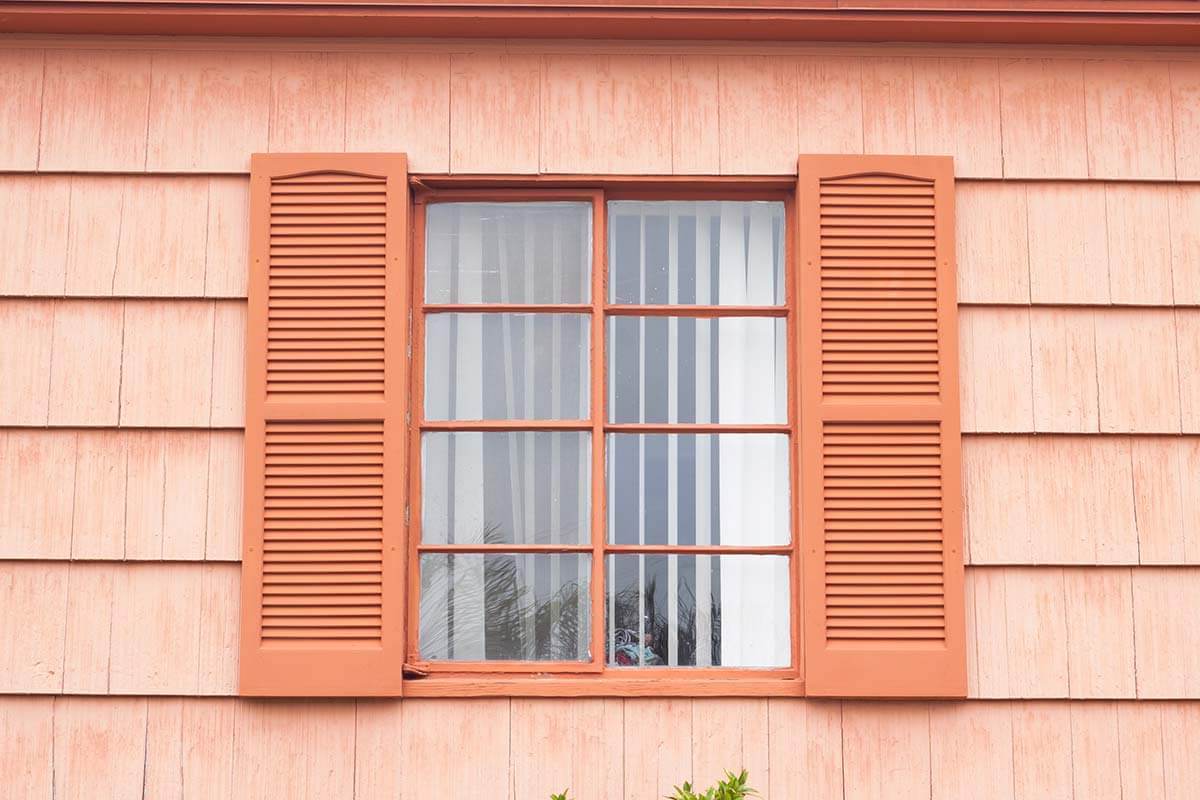
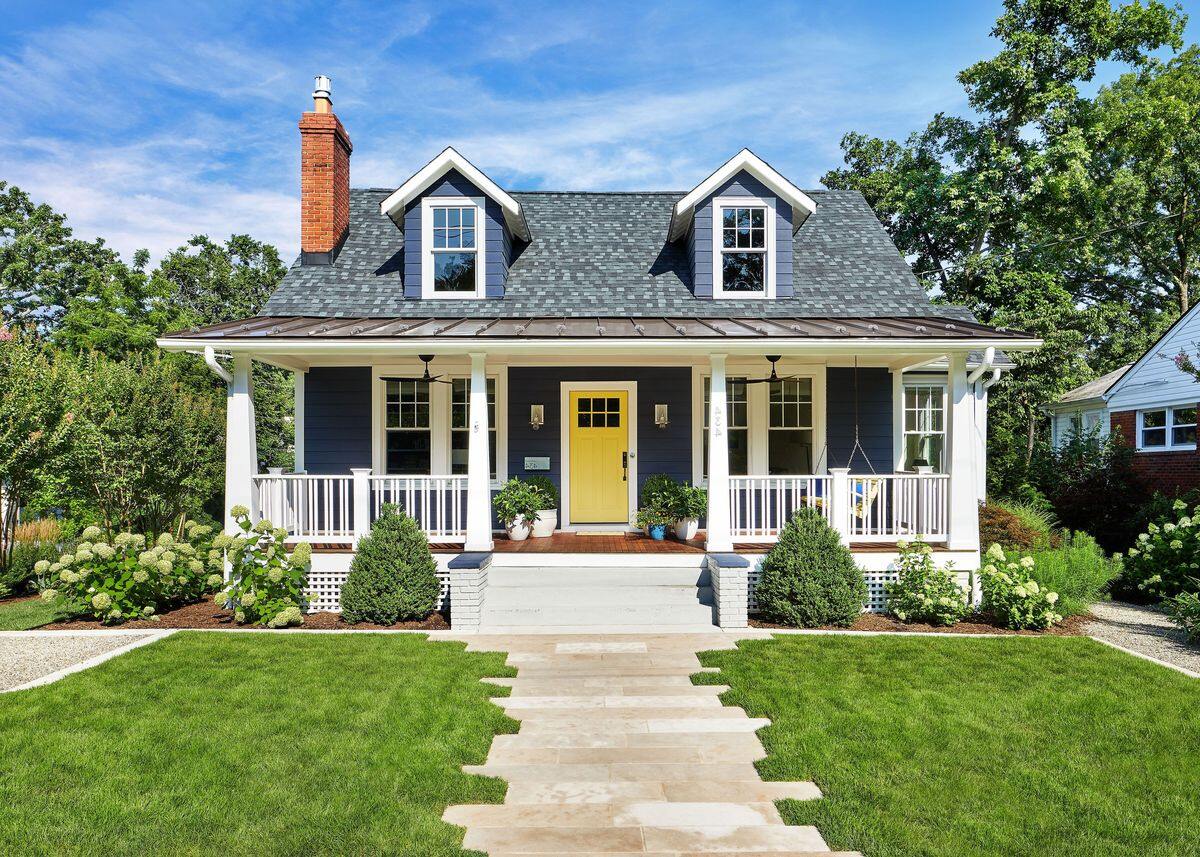
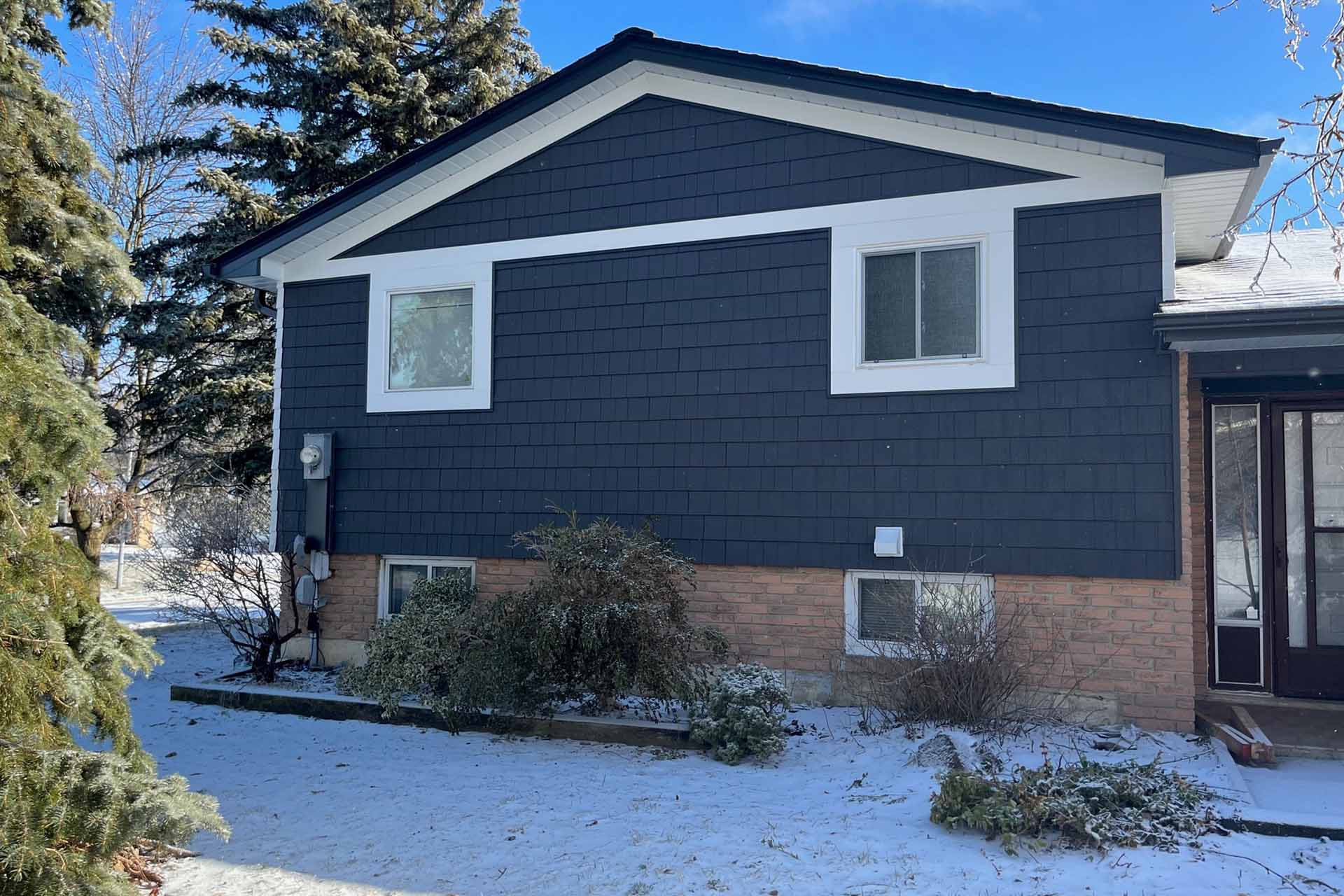
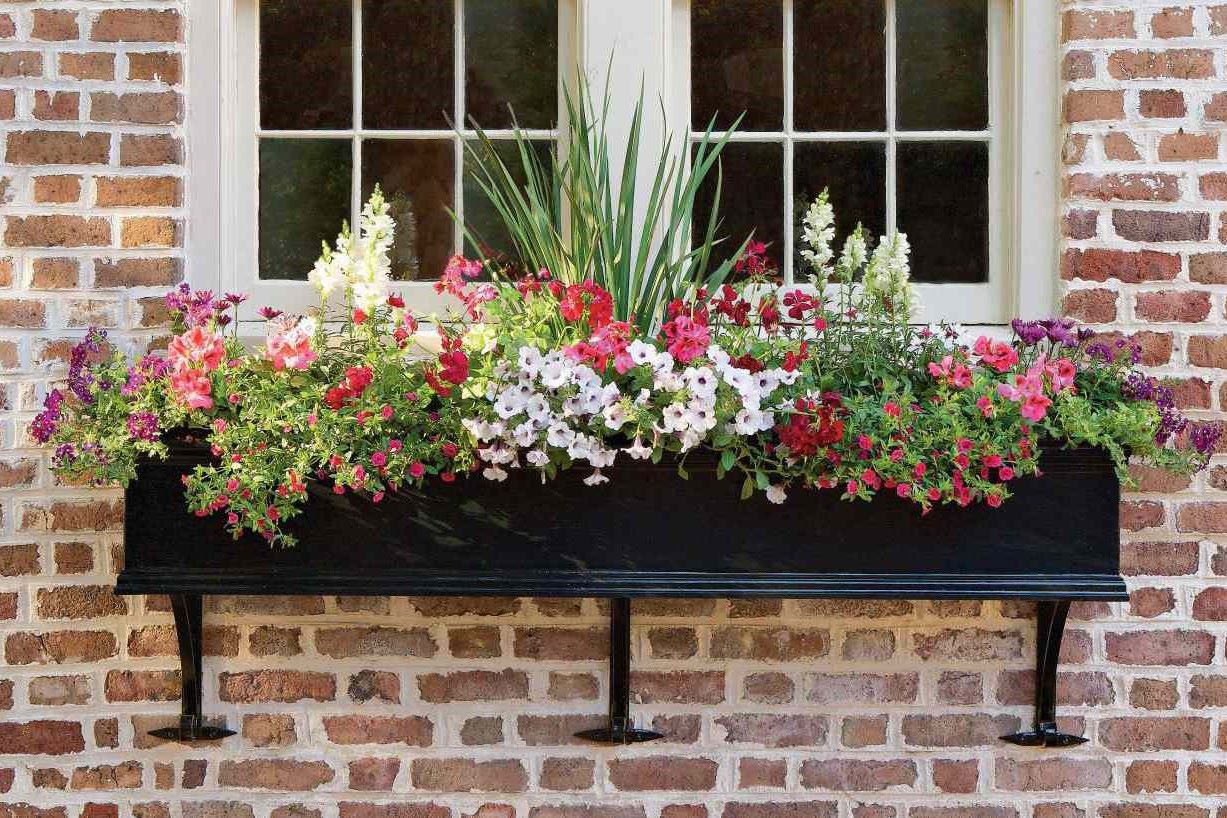
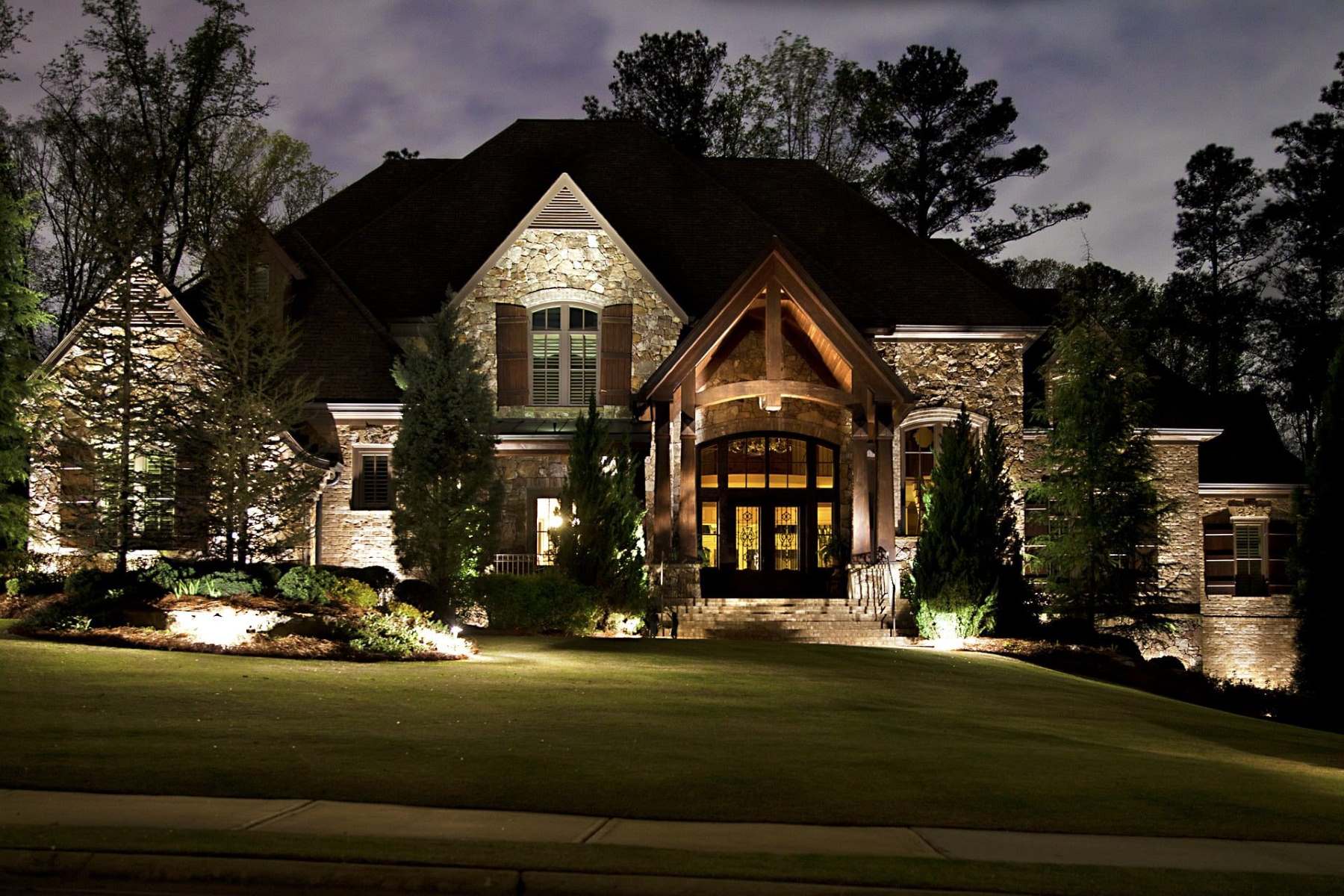

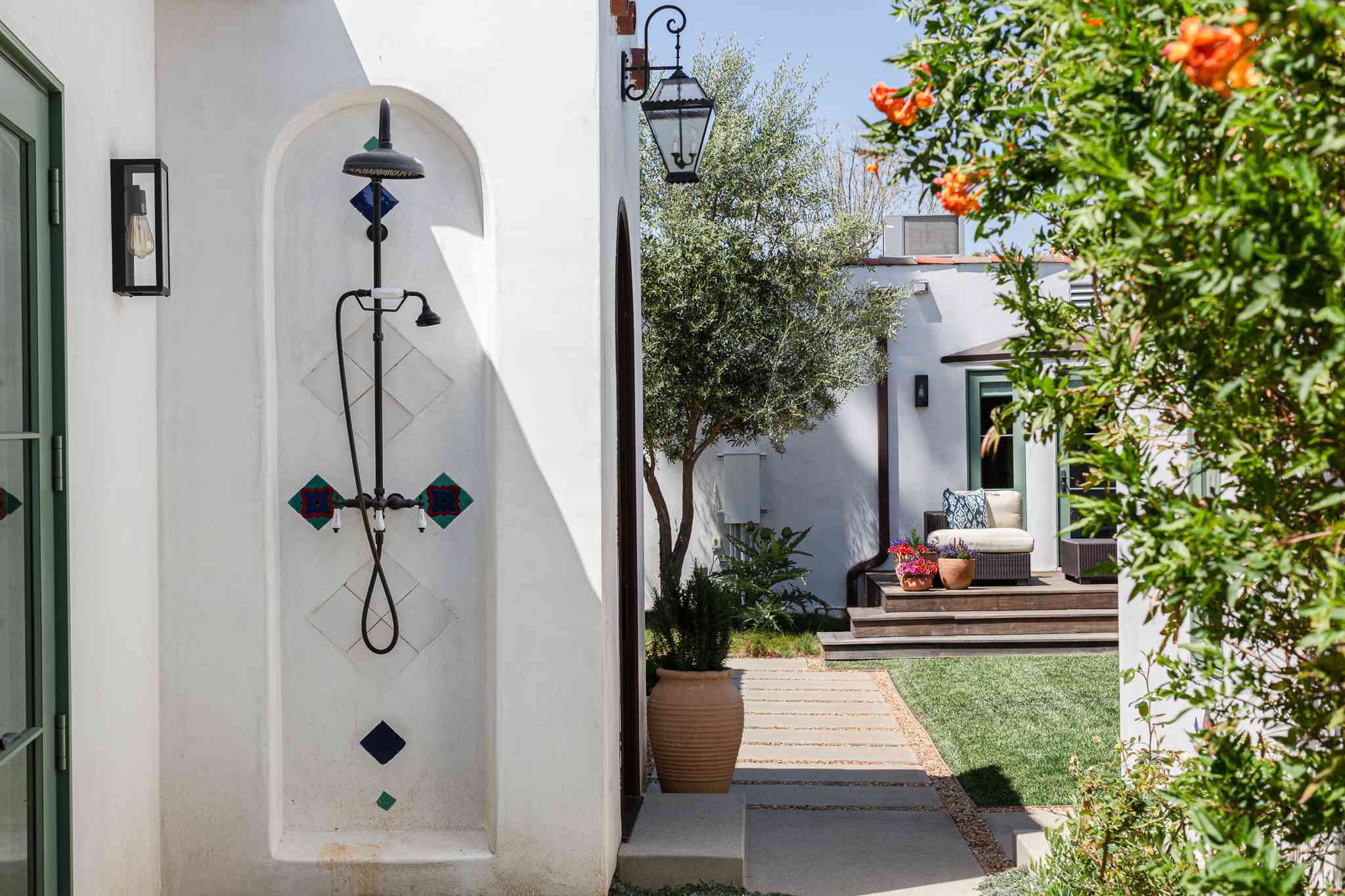
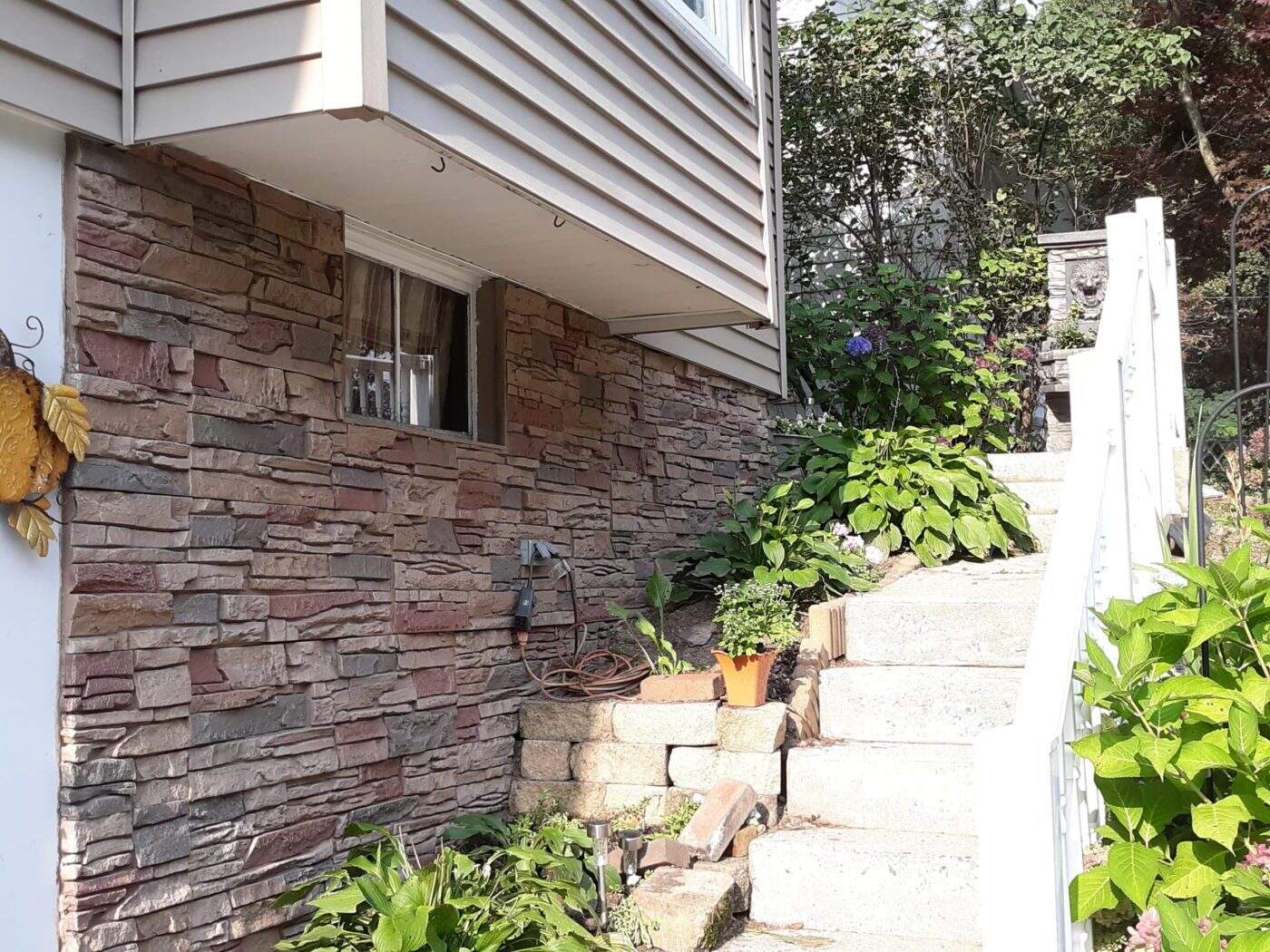
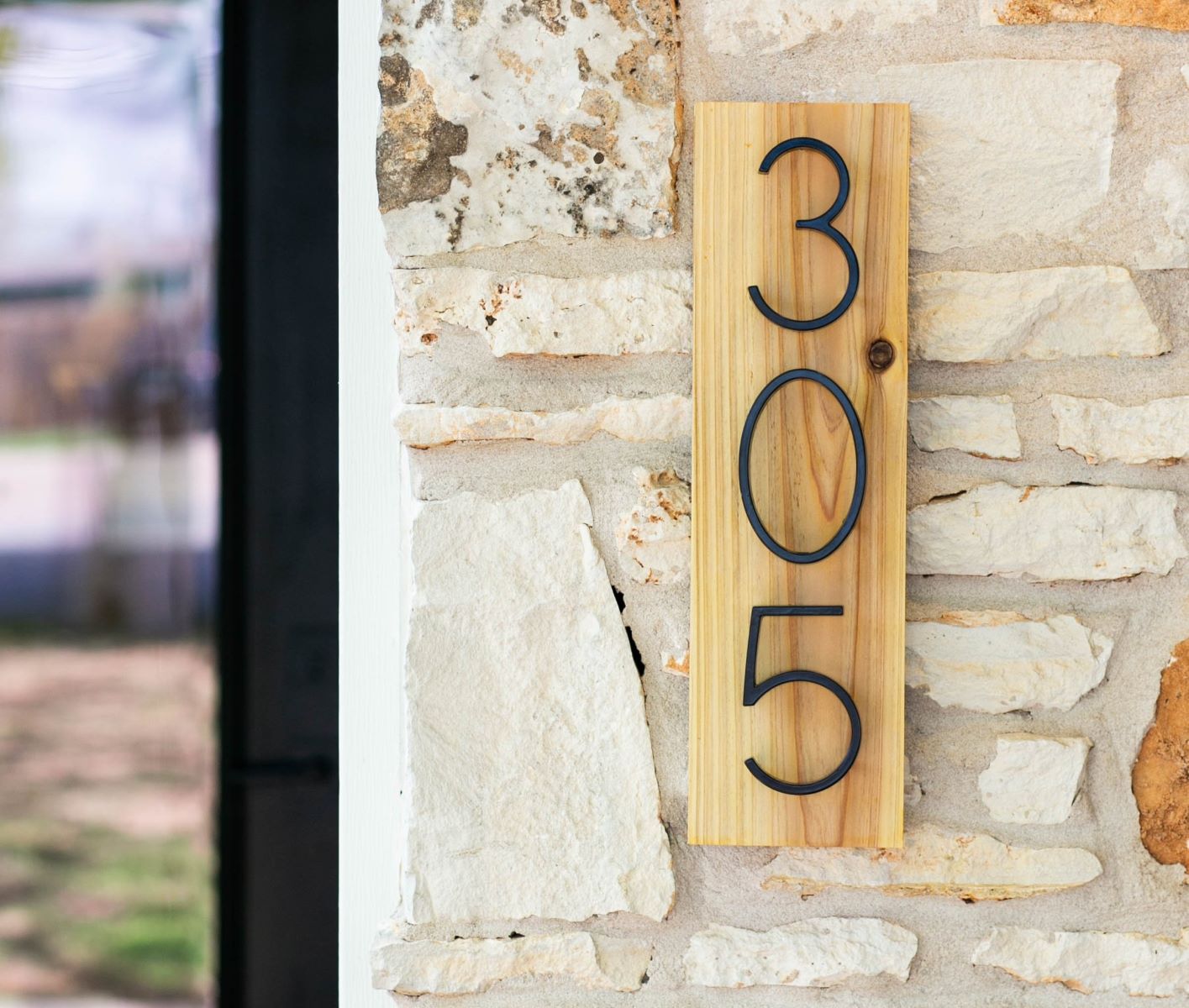

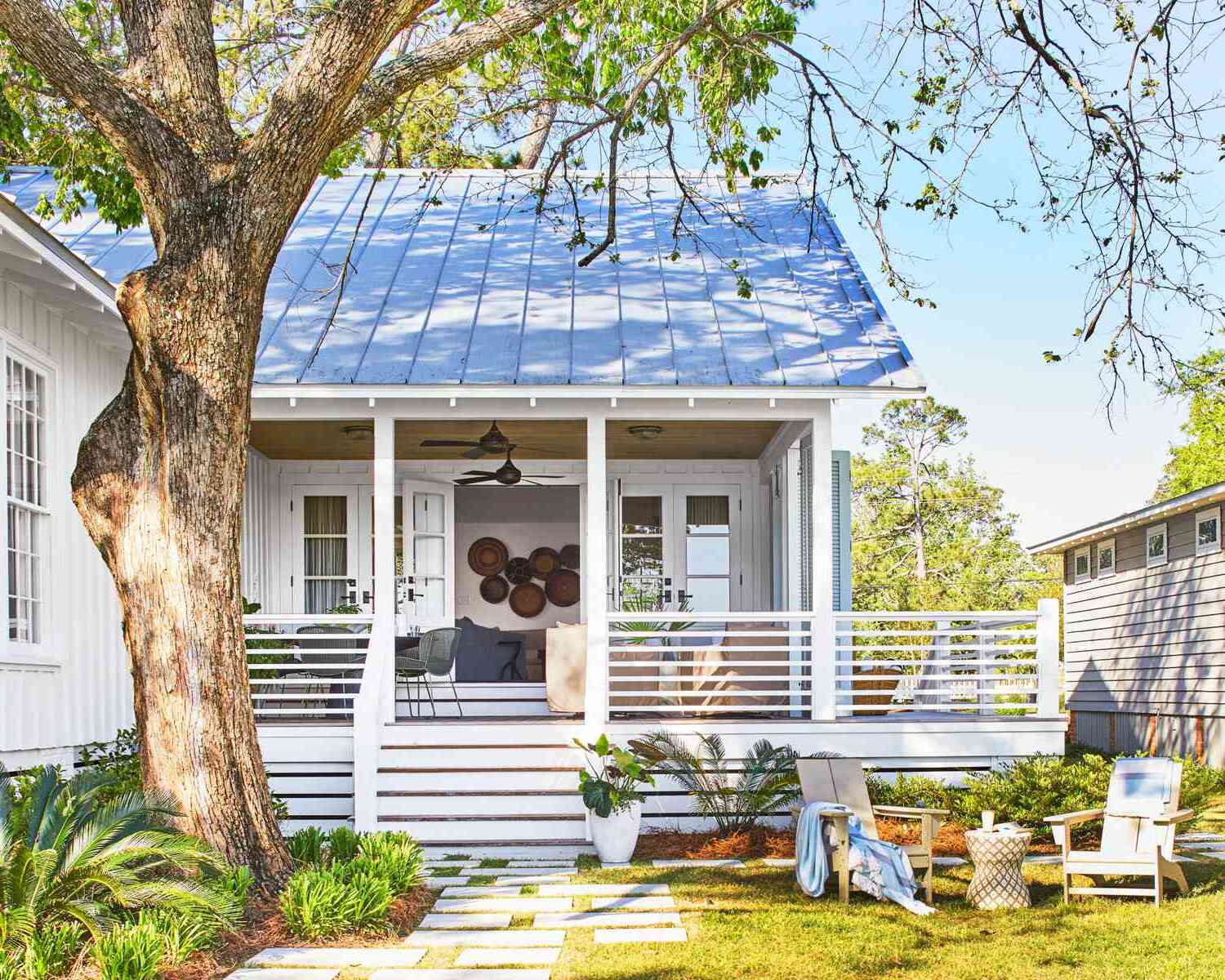

0 thoughts on “Upgrading Your Home’s Exterior With DIY Living Roof Installation”